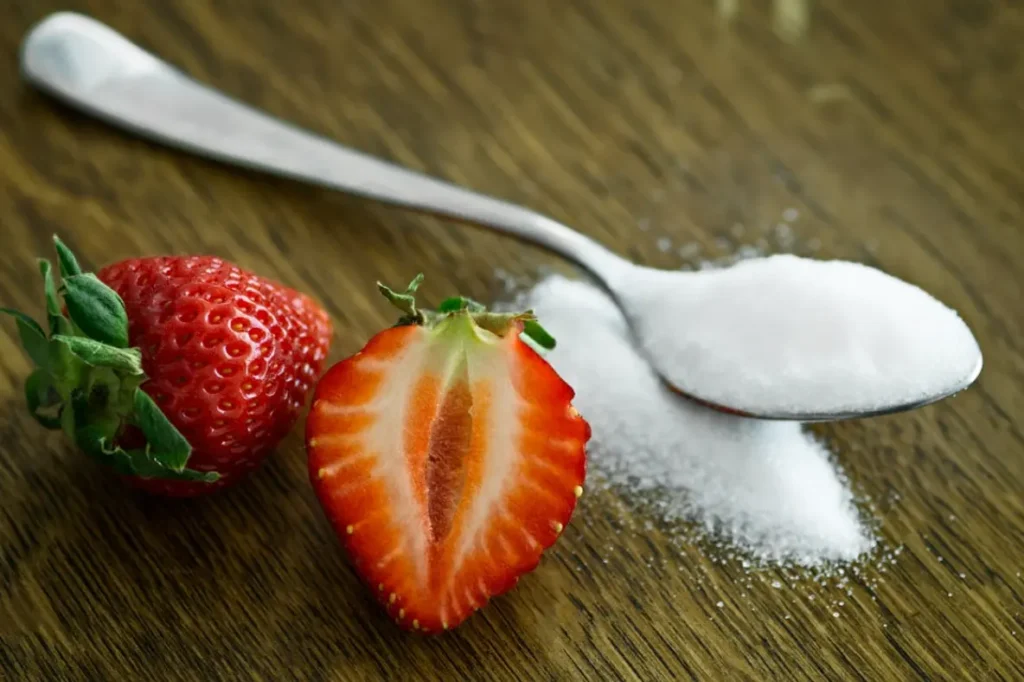Limit Added Sugar Intake
You can recognize added sugars on labels under names such as brown sugar, corn syrup, brown rice syrup, cane syrup, dextrose, high-fructose corn syrup, fruit juice concentrate, glucose-fructose, honey, and molasses. The main sources of added sugars include sugary drinks (e.g., soft drinks, iced tea, lemonade, energy drinks, sports drinks), candies, cakes, cookies, pastries, fruit drinks, dairy desserts (e.g., ice cream, sorbet), sweetened yogurt, and ready-to-eat breakfast cereals.
Added sugars have no nutritional value—they provide calories without delivering nutrients. Like refined grains, they can cause rapid spikes in blood sugar levels. Research suggests that excessive sugar intake increases the risk of obesity, heart disease, and type 2 diabetes.
Added sugars should make up less than 10% of your daily calorie intake—or ideally, around 5%. Limiting added sugars to 5% of your daily intake equals about 6 teaspoons (24 grams) for women and 9 teaspoons (36 grams) for men.
To reduce your intake of added sugars:
Avoid sugary beverages. Replace soda with water, vegetable juice, or unsweetened tea or coffee.
Cut the amount of sugar, honey, or maple syrup you typically add to foods and drinks in half—and gradually reduce it further.
Read nutrition labels. Choose breakfast cereals with no more than 6 grams of sugar per serving. Look for no added sugar options.
Select snack bars where no more than half of the total carbohydrates come from sugar.
Buy unsweetened plant-based beverages and plain instant cereals.


